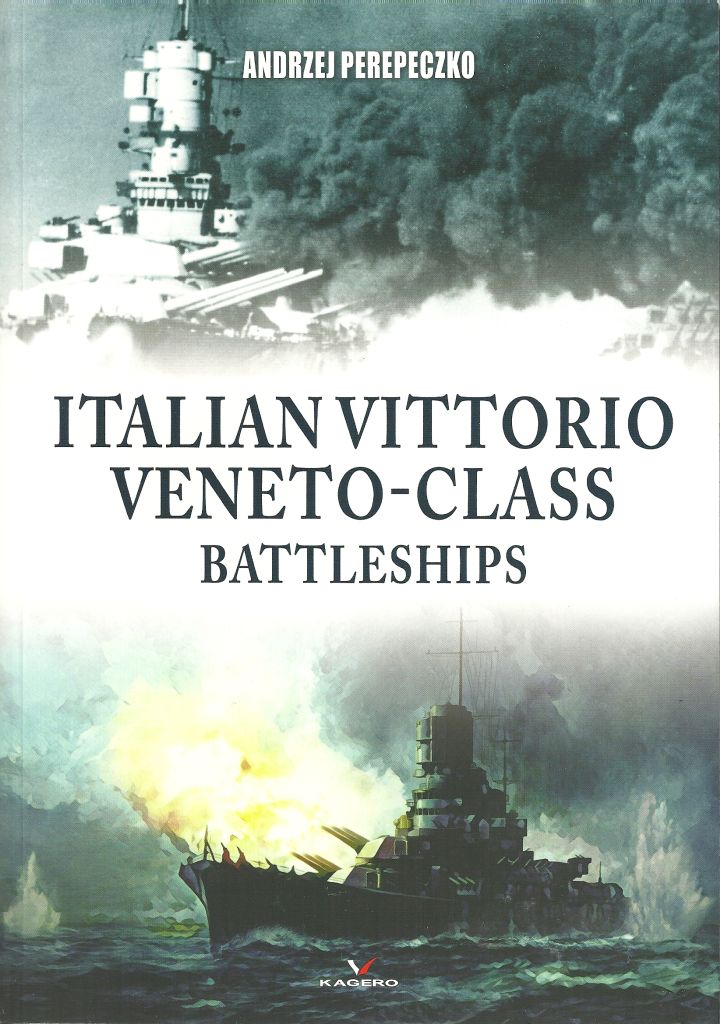Italian Vittorio Veneto-Class Battleships
Casemate Publishers bring us a book from Polish editorial Kagero, covering the Vittorio Veneto class of battleships (Littorio/Italia, Vittorio Veneto, Roma and an unfished hull Imperio). The book was written by Andrzej Perepeczko and he has done a great research job in his book.
The book is broken down in the following sections.
- Origin
- Design and Equipment
- In Service
The first section covers the historical situation of the Italian Fleet in the interwar years and includes a high-level description of other contemporary battleships. That way you can understand better the relevance of this class within the Italian Fleet.
The second section describes all systems of the ship (hull, propulsion, defensive and offensive weapons, etc.). It is profusely illustrated with period photos and line drawings to support the narrative. I enjoyed reading and learning all the details of these powerful battleships, in particular of the torpedo defense system (known as Pugliese). Although considered not as effective as originally planned, it should be noted that while several times these ships were hit by torpedoes, none was sunk by an actual torpedo (Roma was sunk by the Fritz X flying bomb).
The third section was my personal favorite (I’m a bit of a history buff). It describes in detail many -if not all- the battle actions of the ships in this class. Interestingly enough, it also covers with superb detail the British attack at Taranto. Actually, many of the actions of the Italian Fleet were reactive to the British Fleet activities in the Mediterranean, so while reading this section you get to learn a lot about the British Fleet as well.
There is a 4th section (although not listed in the Table of Contents) including close to one hundred color renderings from 3D models. That is quite neat and a great complement to the B&W historical photos.
I enjoyed each page of this book. I’m pretty sure you will too and will use this book as a reference one, either for historical details or for the images/renderings when you are building your ship model.
Highly recommended.
I would like to thank Casemate Publishers and IPMS/USA for the review sample.











Comments
Add new comment
This site is protected by reCAPTCHA and the Google Privacy Policy and Terms of Service apply.
Similar Reviews